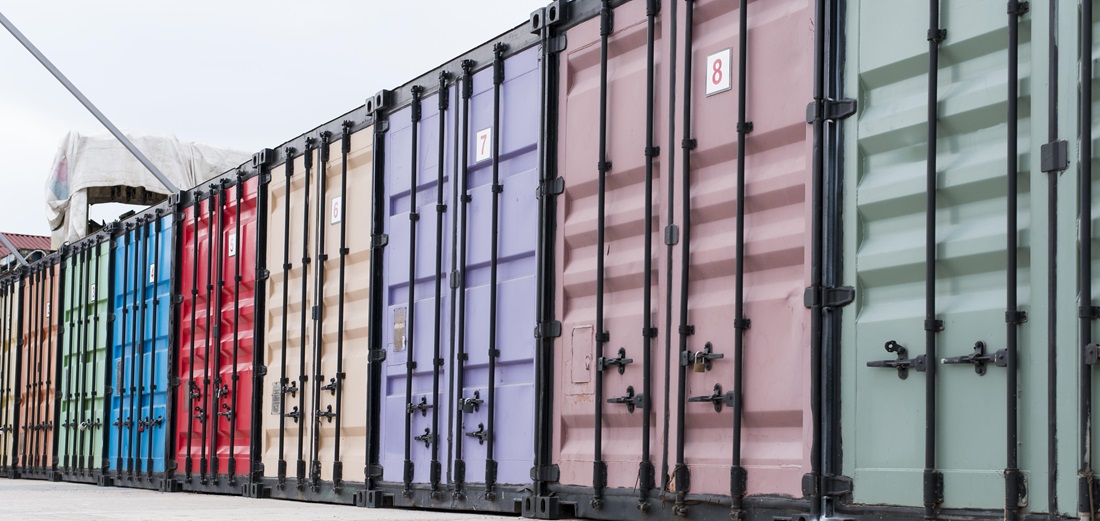
Technology reduces Brazil’s logistics operating costs by 20%
Oct, 18, 2024 Posted by Gabriel MalheirosWeek 202441
The use of digital resources in planning operations has the potential to reduce logistics costs by 20% and decrease transit times—defined as the interval between receiving and delivering goods—by 15% to 20%. These estimates come from the Brazilian Logistics Association (ABRALOG). “Today, it is impossible to execute high-performance logistics without intensive use of technology,” said Pedro Moreira, president of the association.
Systems developed using artificial intelligence (AI) and enhanced connectivity, which enables the spread of the Internet of Things (IoT), are increasingly impacting various stages of logistics activities.
In transportation, traditional digital routing systems are now being enhanced with real-time information that provides data on traffic and weather conditions, while surveillance cameras trigger alerts when they identify risky situations.
Analytics sensors—capable of collecting and analyzing information—monitor data from vehicles, machinery, and equipment to predict failures and anticipate interventions. In warehouses, robots are already being used to pick, pack, and ship goods. In inventory management, AI algorithms analyze data on sales history, consumer habits, and seasonal factors to forecast future demand.
“Intelligent inventory management has a significant impact on logistics costs. Idle products incur costs, especially in a country where interest rates hover around 11%,” Mr. Moreira noted.
Hidrovias do Brasil, a logistics operator with river and coastal shipping routes, has internally developed an AI system capable of estimating river levels up to 15 days in advance. “This information is crucial for those operating waterway transport. We substantially reduced the risk of grounding during dry periods,” said Mariana Yoshioka, chief technology officer of the company.
In addition to compromising delivery timelines, stranded vessels are also easy targets for crime.
The navigability conditions of Brazil’s rivers vary significantly between flood and drought periods. Moreover, most of the country’s waterways are not adequately marked and lack navigational aids—guidance on position and direction that vessels should follow. Another issue is the absence of digital nautical charts.
This combination of factors increases risks during transport and raises the qualifications required of vessel captains. Hidrovias do Brasil, with the help of AI, developed two maneuvering simulators—one for operations in the Northern region of the country and another for the Central-South region—where captains are trained based on scenarios that reflect navigation conditions in the different stretches identified as high-risk along each route.
DHL Supply Chain is piloting two projects using AI-equipped cameras to manage risks. In April, the company outfitted two armored vehicles with a set of 12 cameras each to provide 360-degree surveillance of the surroundings. The aim is to enhance security and reduce exposure to cargo theft.
The cameras monitor the route, and when they detect suspicious movements, such as a potential chase, they capture images of the license plate of the suspected following vehicle and trigger alerts to the company’s control center and the driver’s cabin. “Our initial plan is to equip 40 trucks with these features,” said Solon Barrios, vice president of transportation for the company.
Mr. Barrios said if there is customer demand for this service, the number of vehicles equipped with the system will increase, but he cautioned, “Not all cargo poses a high risk of theft that justifies the adoption of the same security strategy.”
The other pilot project with AI-equipped cameras aims to reduce accident risks involving employees. In distribution centers, pedestrian circulation areas are marked and signposted to prevent accidents with trucks, forklifts, and other equipment. However, momentary distractions are common. “Especially due to cellphone usage,” Mr. Barrios said.
In 2023, DHL installed 20 cameras in its distribution center in Louveira, in the São Paulo countryside, which monitor pedestrians. When a risky situation is detected, they send an automatic message to management, which is tasked with raising awareness among employees.
In an upcoming system evolution yet to be implemented, artificial intelligence will emit sound alerts to pedestrians, and inattentive individuals will be called by name to return to the safety zone. “This will apply to everyone, including the company president,” Mr. Barrios assured. The system is set to expand to all DHL distribution centers by 2025.
By Domingos Zaparolli
Source: Valor International
Original reporting text: https://valorinternational.globo.com/business/news/2024/10/17/technology-reduces-brazils-logistics-operating-costs-by-20percent.ghtml
-
Shipping
Aug, 01, 2022
0
Sea freight Santos-Shanghai rises 400% in two years
-
Sugar and Ethanol
May, 13, 2024
0
Decision on resumption of sugar exports is months away, Indian official says
-
Ports and Terminals
Mar, 18, 2021
0
Cargo handling at Rio Grande do Sul ports up 11% YoY in the first two months
-
Trade Regulations
Sep, 23, 2019
0
Expectations of a US-China deal decreases


